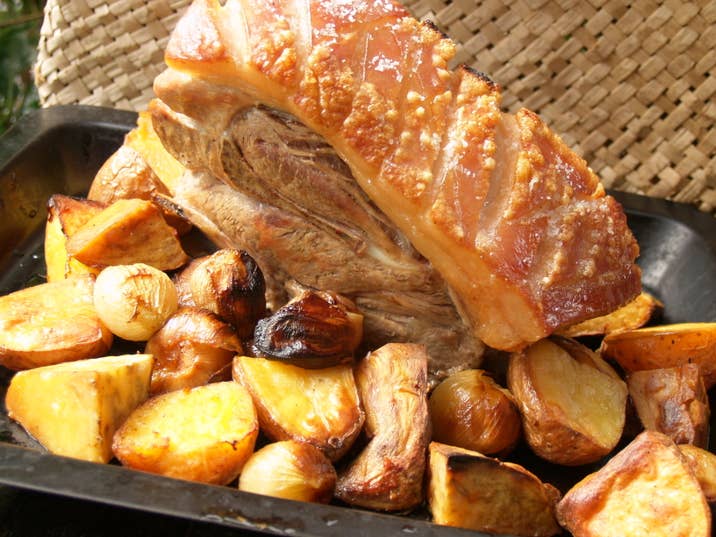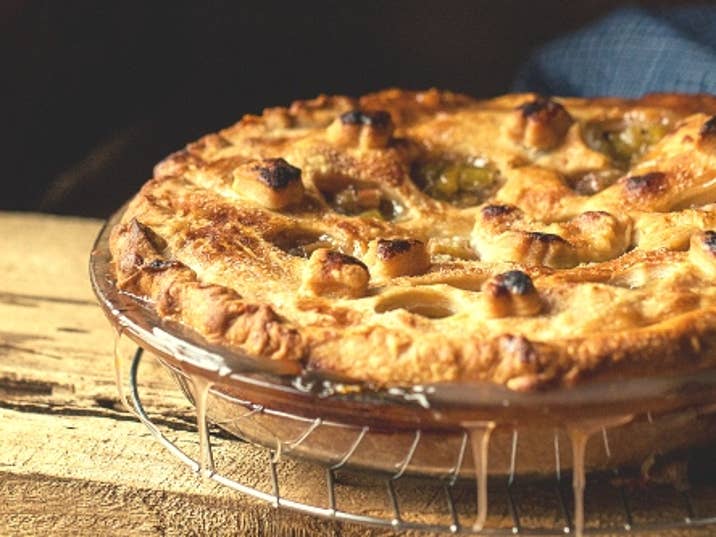Matariki
Me Whakanuia i a Matariki tātou
Let's celebrate Matariki.
What is Matariki?
- Matariki is the Māori name for the star cluster Pleiades.
- Matariki is visible at a specific time of the year and varies from year to year (usually June/July).
- The rise of Matariki signals the start of the Māori New Year.
The story of Matariki
The full name of Matariki is Ngā Mata o te Ariki (Eyes of god) in reference to Tāwhirimatea and the creation of the world. Tāwhirimatea (the god of storms and wind) fought against his brother Tāne Mahuta (god of the forest) who was trying to separate their parents Rangi and Papa (sky father and earth mother) at the beginning of time. Rangi and Papa were locked in a tight embrace meaning there was no light or life on earth. Tāne Mahuta won the battle to separate their parents and Tāwhirimatea in his pain and anger upon losing, crushed his eyes and flung them up to the galaxy, creating the star cluster Matariki. Now Tāwhitimatea the blind, unseeing god explores the land going in all directions (the wind).
What is the importance of Matariki in Māori Culture?
It’s a time to celebrate new life, to remember those who’ve passed, spend time with whānau and friends, and to plan for the future. Particularly of importance to our tūpuna (ancestors), was that they would look to Matariki for guidance with their harvesting as each star has a certain significance over well-being and environment.
MATARIKI FEASTING
Feasting with your whānau and need some inspiration?
Fun Facts:
-
The Greek equivalent Pleiades is known as the Seven Sisters, but even in this cluster there are actually 9 stars (the 7 daughters of Atlas and Pleione)
-
Many iwi view Matariki as the Mother and her children (all other stars except Pōhutukawa and Hiwa-i-te-rangi)
-
Not all iwi celebrate Matariki at the same time and some iwi are not able to see Matariki at all and instead celebrate the New Year with a star named Puanga – places like Taranaki, Whanganui and on the West Coast of the South Island.
-
Māori didn’t use a Gregorian solar calendar but followed a lunar calendar called the Maramataka where different activities took place during different phases of the moon. For example certain times of the month were better for planting and others for fishing or conducting rituals. Specifically, eel fishing is rarely done during a full moon because the bright light would not allow the eel to hunt due to its prey being able to see it.
-
In 2020 the Matariki cluster signalled a long dry summer... which ended up being very true!
Te Iwa o Matariki - The nine stars of Matariki
There is some confusion around whether there are 7 or 9 stars in the Matariki cluster. According to leading Māori astronomer, Dr Rangi Matamua, there are 9 visible stars.
- Waitī - this star is connected to food from fresh water sources.
- Waitā - this star is connected to food from the ocean.
- Waipuna-ā-rangi - this star is connected to the rain this year.
- Tupuānuku - this star is connected to food that grows in the soil to be harvested.
- Ururangi - this star is connected to the winds this year.
- Pōhutukawa - this star is connected to those who have passed on in the past year.
- Hiwa-i-te-rangi - this star grants our wishes and aspirations for the coming year.







